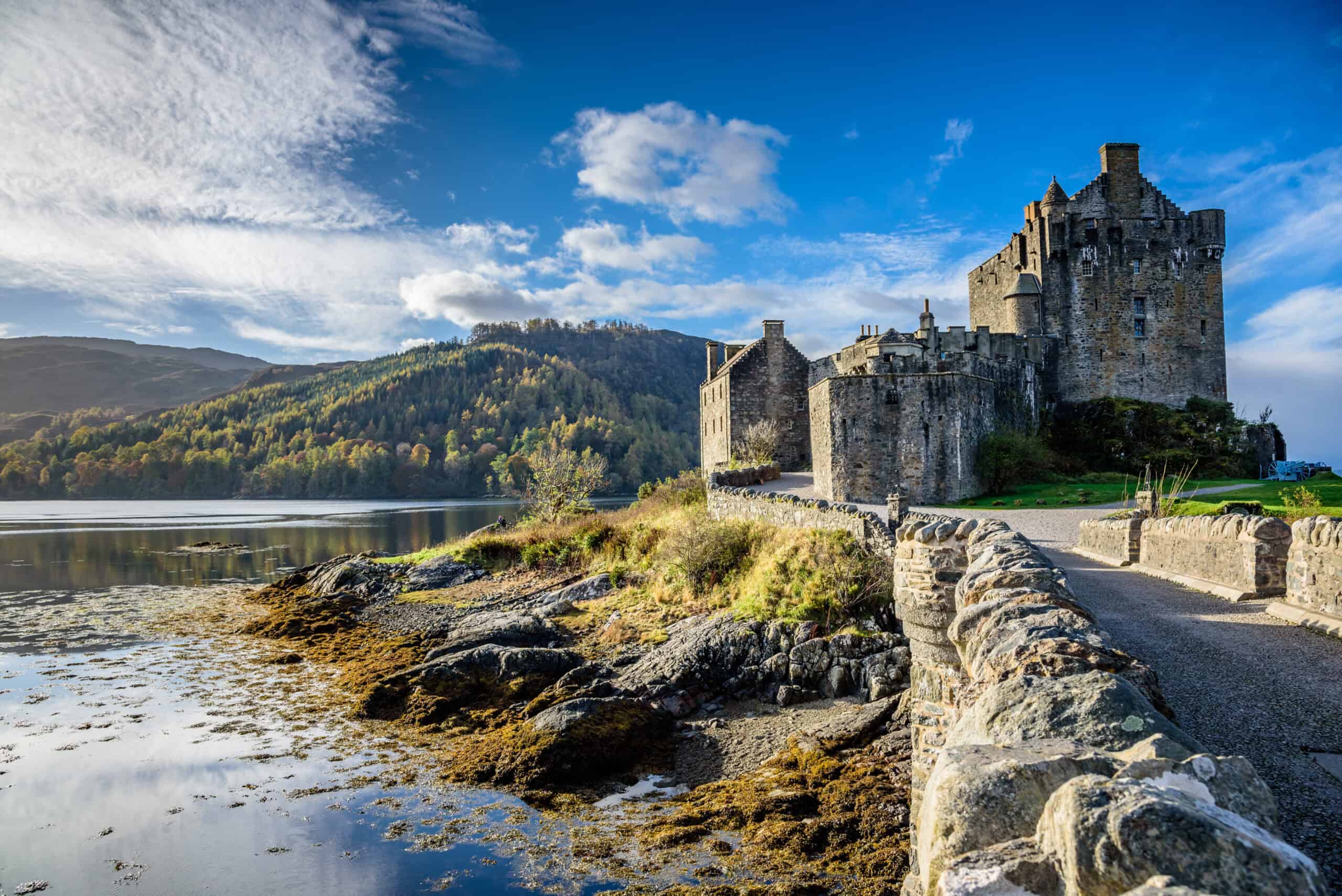Nature has an incredible way of shaping the world around us, and some of its most fascinating creations are the surreal rock formations found across the globe. Carved by wind, water, and volcanic activity over millions of years, these formations offer a glimpse into the Earth’s geological history while captivating the imagination. From towering pillars to smooth, wave-like structures, each of these natural wonders tells its own unique story. Whether you’re drawn by their beauty or the science behind their creation, these rock formations stand as a testament to the power of nature’s forces.
The Wave, Arizona
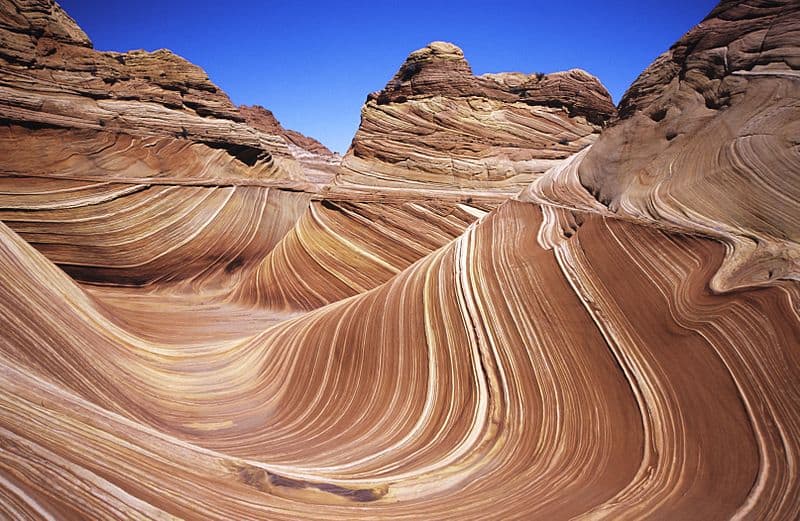
The Wave, located on the Arizona-Utah border, is renowned for its mesmerizing undulating sandstone formations. Its flowing, wave-like patterns were shaped over millions of years by wind erosion and water runoff. Visitors are often captivated by its vibrant hues of orange, red, and yellow, which shift with the changing sunlight. This natural wonder requires a strenuous hike to reach, adding to its allure. Permits are limited, making it a rare and treasured destination for adventurers.
Giant’s Causeway, Northern Ireland
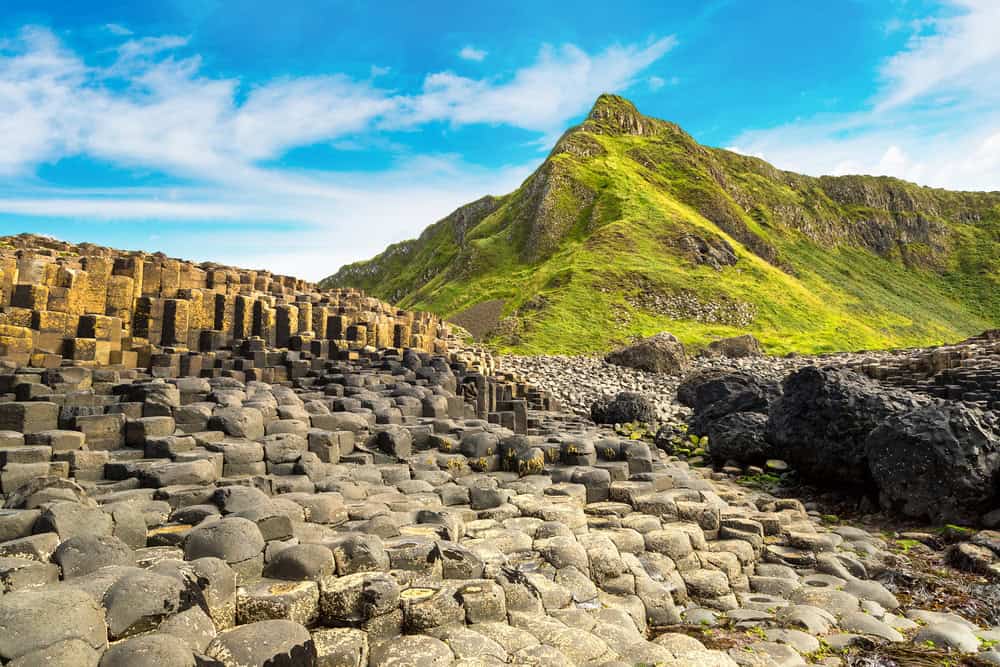
Giant’s Causeway, a UNESCO World Heritage Site, consists of around 40,000 interlocking basalt columns formed by volcanic activity millions of years ago. Its hexagonal pillars create a dramatic seascape, offering both beauty and scientific intrigue. According to legend, the rock formation was created by a giant named Finn McCool, adding a layer of folklore to its mystique. Today, this natural marvel continues to draw tourists and geologists alike. The surrounding area also offers stunning coastal views, enhancing its appeal.
Antelope Canyon, Arizona
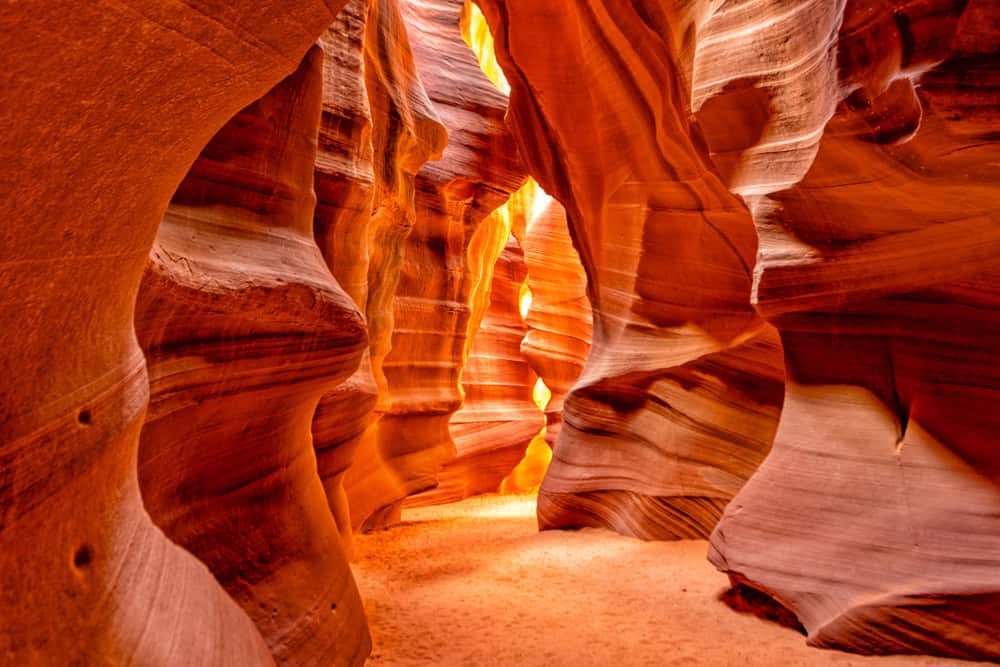
Antelope Canyon, with its narrow, winding passageways, is a slot canyon carved by flash floods over centuries. Light beams that penetrate the canyon create surreal, ethereal effects on its smooth, sandstone walls. The canyon’s twisting curves and dramatic shadows have made it a favorite spot for photographers. Its vibrant shades of red, purple, and gold seem to shift and dance with the sunlight. Tours are guided by local Navajo people, adding a cultural dimension to the experience.
Moeraki Boulders, New Zealand
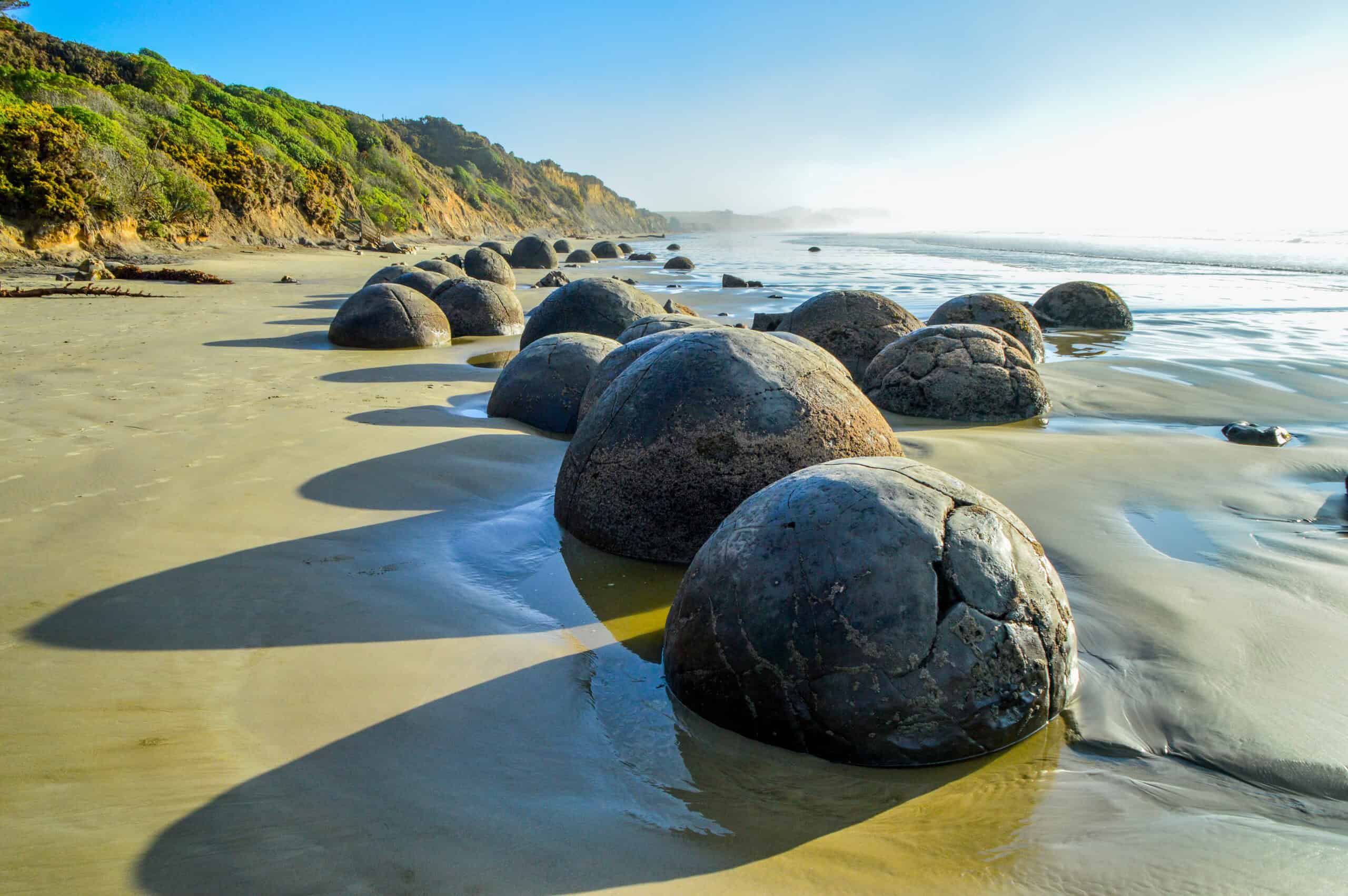
The Moeraki Boulders on New Zealand’s Koekohe Beach are large, almost perfectly spherical stones scattered along the shoreline. These unusual formations are the result of concretions formed in ancient sea sediments around 60 million years ago. Over time, erosion has exposed these striking boulders, which can be up to two meters in diameter. Some are split open, revealing intricate crystalline patterns inside. The boulders are often partially submerged at high tide, giving them a mystical, otherworldly appearance.
Bryce Canyon Hoodoos, Utah
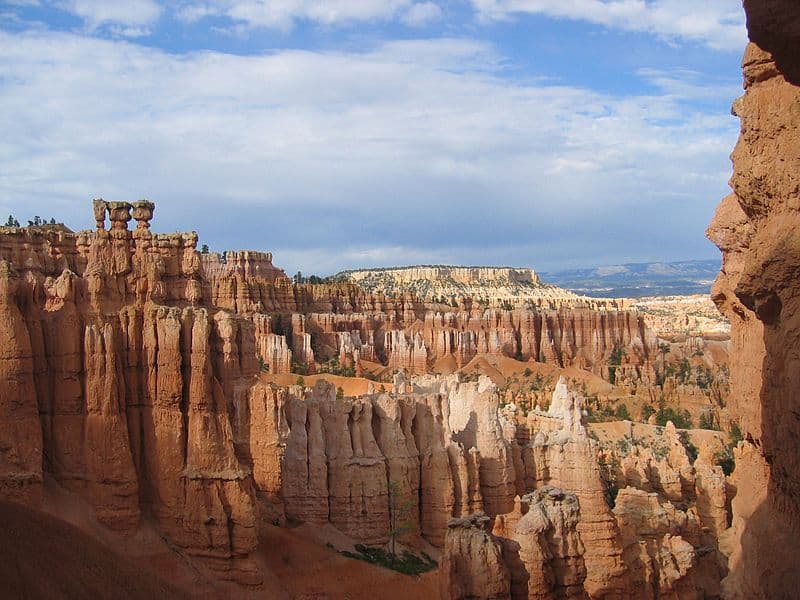
Bryce Canyon is famous for its hoodoos, towering spires of rock that rise dramatically from the canyon floor. These formations, shaped by frost weathering and stream erosion, come in various shapes and sizes, creating an eerie, almost alien landscape. Hoodoos can range from just a few feet to hundreds of feet tall, with colors that shift between red, orange, and white. The canyon itself is a geological wonder, offering countless viewpoints for visitors to marvel at these natural sculptures. Sunrise and sunset bring out the most vivid colors, making them a photographer’s dream.
Twelve Apostles, Australia

The Twelve Apostles are towering limestone stacks that rise from the Southern Ocean along Australia’s Great Ocean Road. Although only eight remain standing today, their sheer size and rugged beauty are truly breathtaking. Formed by millions of years of erosion from waves and wind, these monoliths stand as testaments to nature’s raw power. The contrast between the golden cliffs and the turquoise ocean is particularly striking. Despite constant erosion, they remain one of Australia’s most iconic landmarks.
Arches National Park, Utah
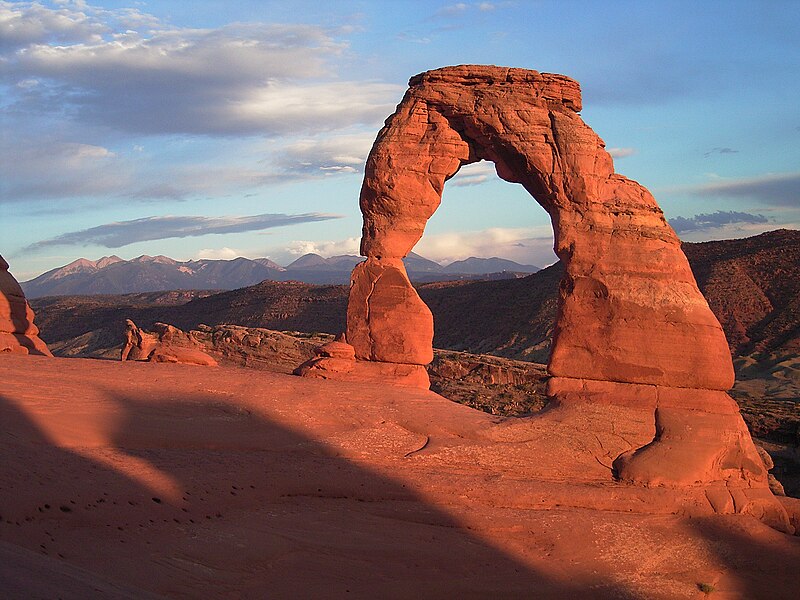
Arches National Park is home to over 2,000 natural stone arches, each formed by centuries of erosion and weathering. The most famous of these is Delicate Arch, a freestanding red sandstone formation that has become a symbol of Utah. These arches, shaped by wind and rain, create breathtaking landscapes that feel almost otherworldly. Visitors can hike to see these stunning formations up close, with many trails offering panoramic views of the surrounding desert. The park’s unique geology continues to fascinate scientists and nature lovers alike.
Zhangjiajie National Forest Park, China
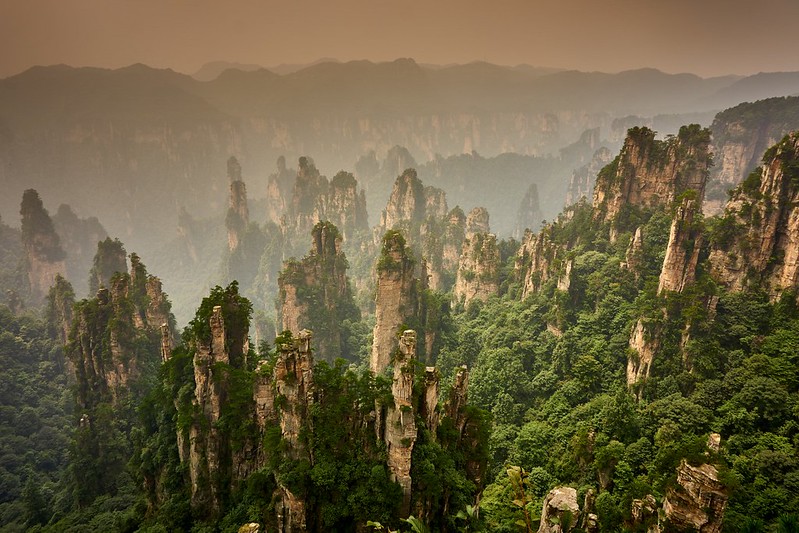
The towering sandstone pillars of Zhangjiajie National Forest Park are often shrouded in mist, creating an ethereal landscape that looks like something from another world. These columns, some of which reach over 1,000 feet, were formed by thousands of years of physical erosion. The dramatic scenery served as the inspiration for the floating mountains in the movie Avatar. Visitors can explore the area via a network of trails and cable cars that offer breathtaking views of the surreal landscape. The park is also home to diverse wildlife and lush forests, adding to its natural beauty.
Cappadocia Fairy Chimneys, Turkey
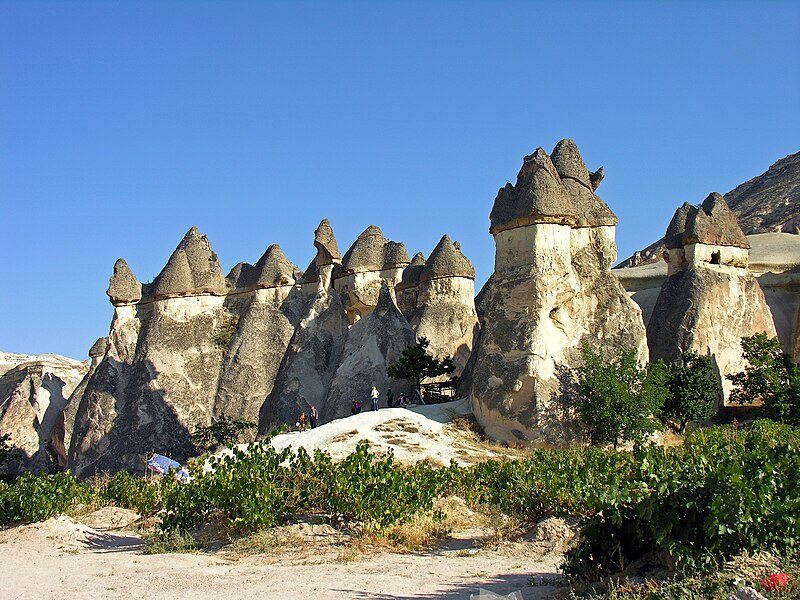
The fairy chimneys of Cappadocia are tall, cone-shaped rock formations sculpted by volcanic eruptions and subsequent erosion. These unique structures, some of which have been hollowed out to create dwellings, give the landscape an almost whimsical feel. Cappadocia’s soft rock allowed ancient civilizations to carve entire villages, monasteries, and even underground cities into the region’s hillsides. Hot air balloon rides offer stunning aerial views of these otherworldly formations, adding a magical touch to the experience. Today, Cappadocia is a UNESCO World Heritage Site, attracting visitors from all over the world.
Bungle Bungles, Australia

The Bungle Bungles in Purnululu National Park are striking beehive-shaped domes made of sandstone, with distinctive orange and black stripes. These formations were created over 350 million years ago, shaped by erosion and weathering. Their layered, striped appearance is the result of the contrasting bands of silica and algae that coat the rock. The surrounding landscape is equally rugged, offering stunning vistas and deep gorges. This remote area is one of Australia’s lesser-known wonders but is a must-see for adventurous travelers.
Tsingy de Bemaraha, Madagascar

Tsingy de Bemaraha is a surreal landscape of razor-sharp limestone pinnacles, some of which tower over 200 feet high. These formations were created by the slow dissolution of limestone over millions of years. The word “tsingy” translates to “where one cannot walk barefoot,” a fitting description for this jagged terrain. Despite its harsh appearance, the region is home to a variety of unique flora and fauna, including lemurs and rare birds. The area is both a UNESCO World Heritage Site and a popular destination for adventurous hikers.
Uluru, Australia
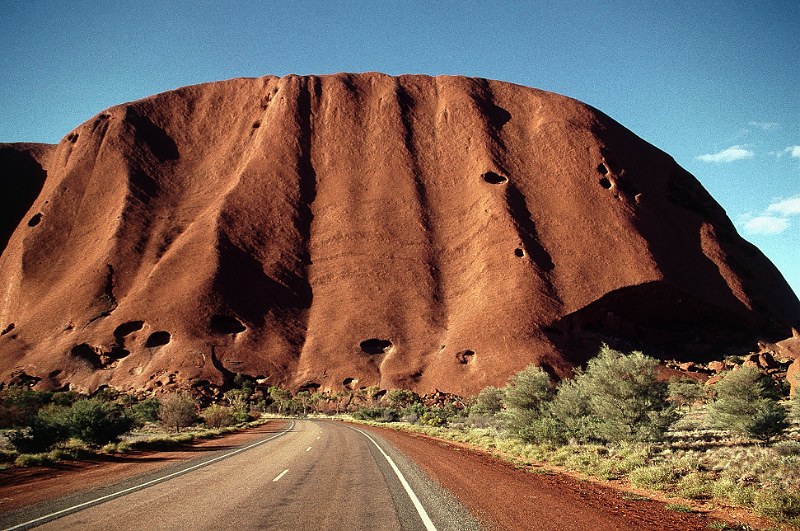
Uluru, also known as Ayers Rock, is a massive sandstone monolith rising out of the central Australian desert. This iconic formation, sacred to the local Anangu people, changes colors throughout the day, from ochre red at sunrise to deep purple at sunset. Formed over 550 million years ago, Uluru is made of arkose sandstone, and its smooth surface is the result of erosion and weathering. Visitors are drawn to its sheer size and cultural significance, as well as the unique desert ecosystem that surrounds it. Walking trails around the base provide close-up views of ancient rock art and fascinating geological features.
Meteora, Greece
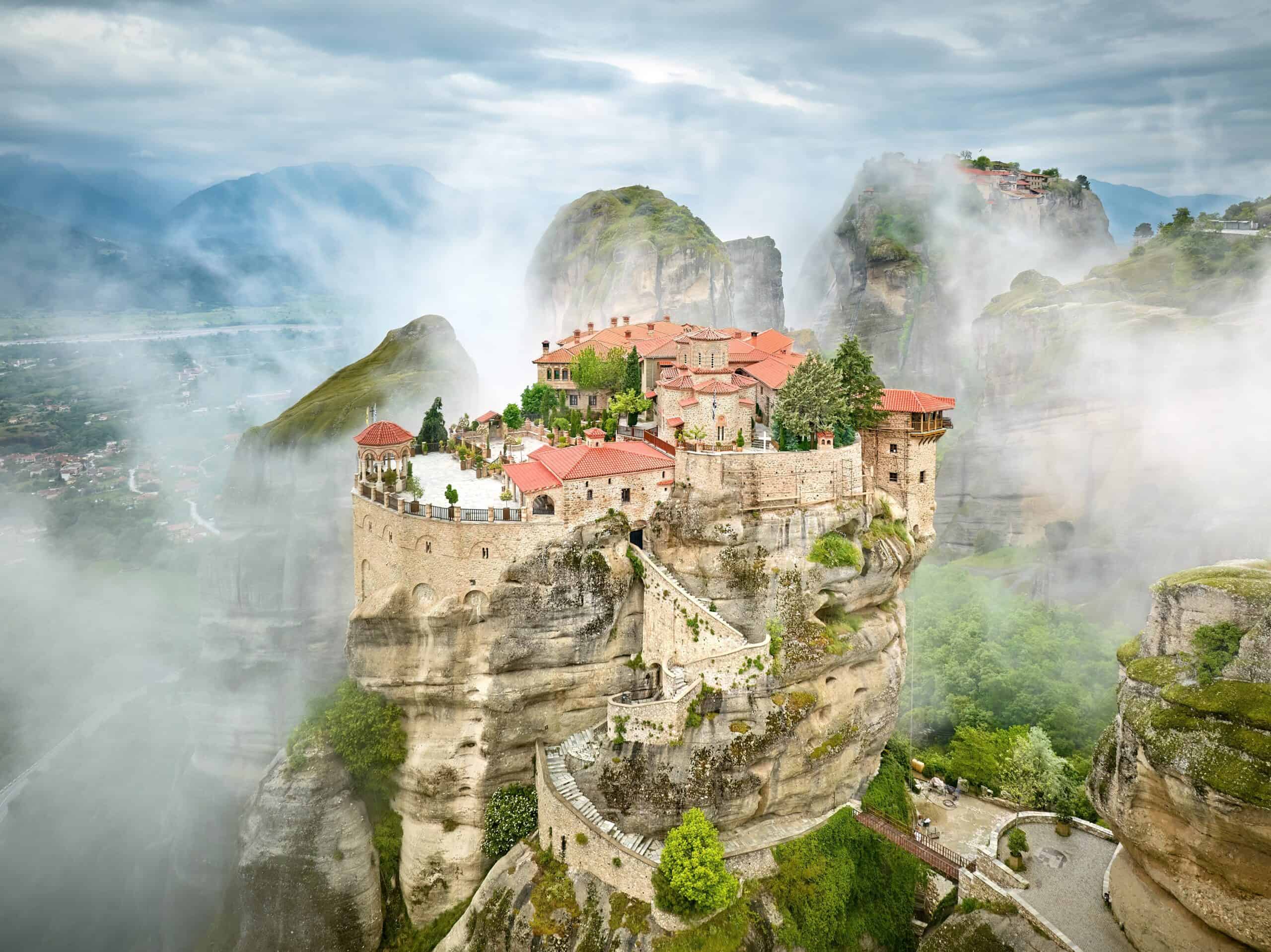
Meteora is a collection of towering rock pillars located in central Greece, famous for the monasteries perched atop these seemingly unreachable heights. These sandstone cliffs were formed millions of years ago through a combination of sedimentation and erosion. The monasteries, built by monks seeking solitude, add a mystical element to the already dramatic landscape. Today, visitors can climb the steps carved into the rock to explore these ancient sanctuaries. The combination of natural beauty and human ingenuity makes Meteora one of Greece’s most awe-inspiring destinations.
Chocolate Hills, Philippines
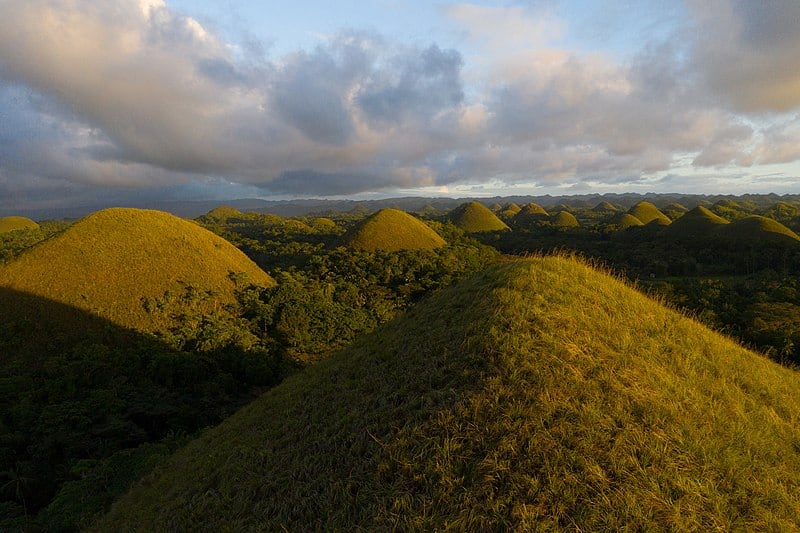
The Chocolate Hills of Bohol are a collection of over 1,200 conical hills spread across the island’s interior. These limestone formations were shaped by erosion over millennia, leaving behind this unique landscape. During the dry season, the grass covering the hills turns brown, giving them their chocolate-like appearance. The hills are nearly uniform in shape and size, adding to their surreal beauty. Local legends add a touch of magic to the landscape, with tales of giants and heartbreak as the cause of their creation.
Devils Tower, Wyoming

Rising dramatically from the plains of Wyoming, Devils Tower is a striking, flat-topped monolith made of volcanic rock. Its columnar joints, formed by the slow cooling of magma, give it a unique, ribbed appearance. Considered sacred by Native American tribes, the tower holds cultural as well as geological significance. It was designated the first national monument in the U.S. in 1906 and continues to be a popular destination for climbers and hikers. The surrounding landscape of forests and rivers adds to its natural grandeur.
This article originally appeared on Rarest.org.
More From Rarest.Org
Wine and champagne have long been symbols of luxury, celebration, and sophistication. Among the countless varieties produced worldwide, a select few stand out for their exceptional quality, rarity, and historical significance. Read more.
Europe is home to some of the most enchanting castles in the world, each with its own unique charm and history. These majestic structures, scattered across the continent, offer a glimpse into the past with their stunning architecture, picturesque settings, and fascinating stories. Read more.
If you’re looking to add a touch of exotic beauty and luxury to your greenhouse, tropical plants are a fantastic choice. However, some of these stunning plants come with a hefty price tag due to their rarity, unique appearance, and specific care requirements. Read more.


